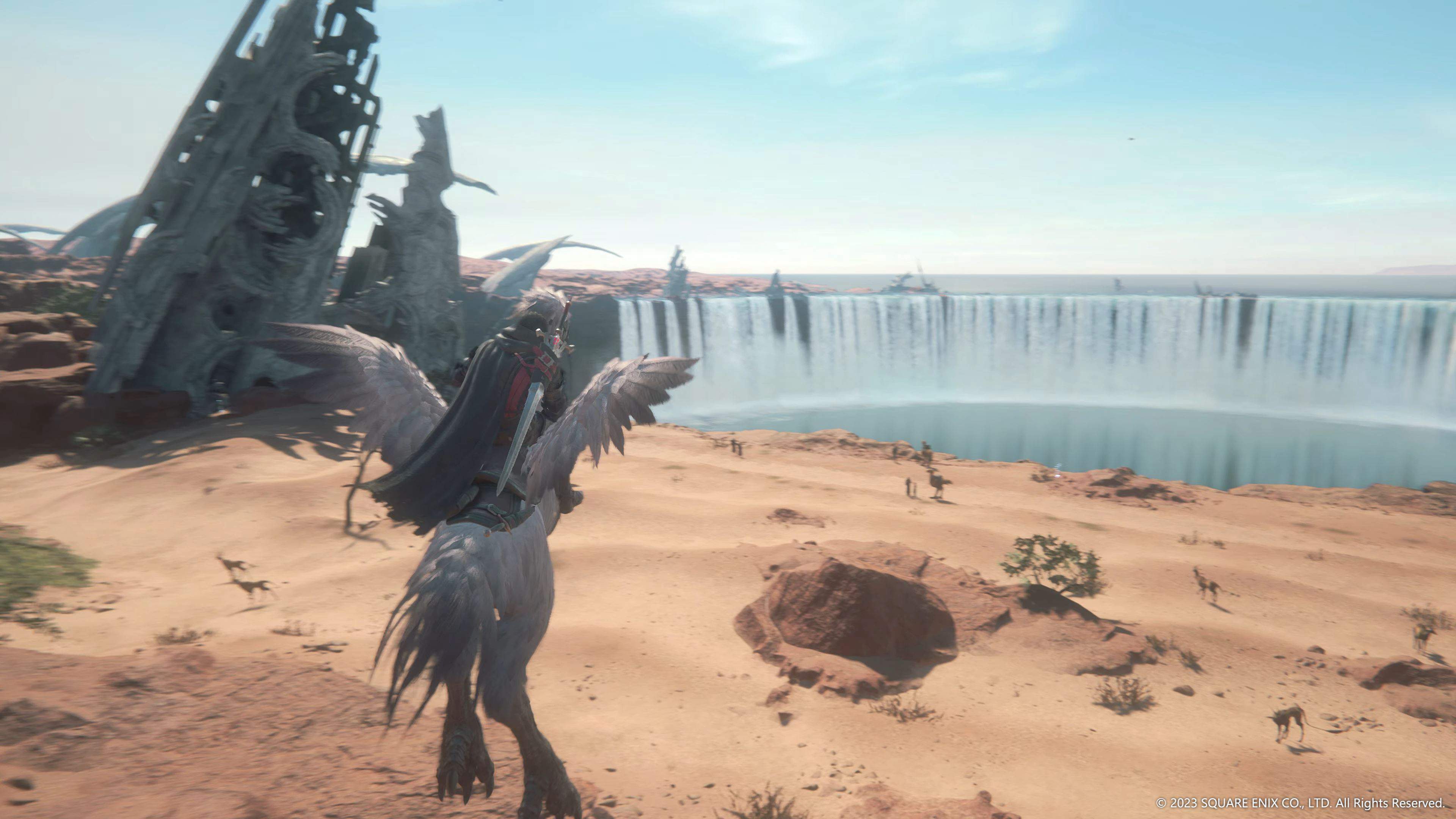
For years, Final Fantasy has been a cornerstone in the gaming world, enthralling players with its elaborate settings and compelling narratives. However, there’s a new debate brewing about the latest versions of the series, focusing particularly on the design of side quests. As gamers delve into both classic and contemporary titles, they’ve found that while improvements in graphics and gameplay are evident, the appeal and interaction of side quests appear to have waned. This concern echoes with a burgeoning group of players who yearn for the authentic and immersive experiences of yesteryears, where exploration and discovery felt more significant than simply following map markers.
Summary
- Players express nostalgia for older Final Fantasy games’ organic side quests that require exploration and memory.
- Modern titles tend to guide players with markers, making quests feel less rewarding and somewhat mechanical.
- Some commenters suggest that the lack of side quest indicators can lead to confusion, while others appreciate the more immersive experience.
- Players seek more meaningful rewards for completing side quests rather than generic items or currency.
The Nostalgic Charm of Exploration
In the early Final Fantasy games, the focus was more on discovery and exploration rather than convenience for players. Instead of having quests clearly marked out, players would frequently come across missions while exploring the game world. These encounters often involved interacting with NPCs who hinted at their predicaments or background stories, thereby fostering a stronger sense of immersion. As one player puts it, “It seems like a recent trend for side-quests to be labeled as ❗❗SIDEQUESTS❗❗ – older games allowed you to stumble upon quests just by talking to a random NPC.” The excitement of remembering character needs and later turning those memories into actionable quests was uniquely rewarding, much like the thrill of treasure hunting. As players recall these moments fondly, it’s evident they yearn for a return to that magical world of spontaneous, quest-driven adventures.
Markers vs. Memory: A Double-Edged Sword
In today’s gaming landscape, advancements like quest markers and comprehensive UI elements have made gameplay more accessible, but they’ve ignited a contentious discussion. On one hand, players are grateful for not having to wander aimlessly; as one commenter put it, “I much prefer having quest markers. Without them, I either forget about the quest entirely or I don’t feel like spending extra time figuring out what to do.” For many, the aggravation of missed opportunities and forgotten quests can tarnish the gaming experience. Conversely, there is a faction that thrives on this challenge. SertanejoRaiz, the original poster, underscored the pride in completing a side quest without guidance—”you’ll feel accomplished for being able to finish the quest independently.” This back-and-forth highlights the complexities of striking a balance between player enjoyment and game design, as developers grapple with the intricate interplay of direction and exploration.
The Pressure of Completionism
Modern video game experiences are significantly impacted by elements like accomplishments, badges, and the drive for completeness. A sentiment echoing this burden might be, “It seems as if everything must be finished. And not discovering something feels like a substantial loss.” Today’s gamers frequently encounter prompts about unfinished content, which stirs stress rather than delight. In contrast to older games, deviating from the main path used to feel less obligatory and more a matter of personal choice. Players could opt to interact with side content naturally, driven by their own curiosity instead of feeling compelled. The desire for players to feel “whole” in today’s gaming can lead to a disheartening sense of failure when they inevitably overlook something. This pressure diminishes the fundamental pleasure derived from immersing oneself in a skillfully crafted world and bonding with its narrative and history.
The Quality of Rewards
In this conversation, a recurring topic is the dissatisfaction with the quality and originality of the rewards given for completing side missions. A participant expressed their disappointment, saying “The problem is the rewards for side quests are just… boring.” They feel that simple items and easily-obtained currency don’t provide much excitement. Instead, players prefer unique items, significant upgrades, or new characters – elements that enhance the overall gaming experience rather than just increasing achievements. Previous games in the series often granted players with abilities or powerful items that weren’t easily found elsewhere. This raises the question: is it worth completing temporary side quests if the intrigue of their rewards is diminished? As gamers long for compelling stories and dynamic gameplay, there’s a growing consensus: engaging side content is a crucial aspect of the series’ legacy that should not be overlooked in newer versions.
Many gamers are advocating for a revamped approach to side quests in contemporary Final Fantasy games, desiring a return to an interactive, flexible, and rewarding experience that stirs curiosity and satisfaction without excessive guidance or the burden of perfectionism. While developers are indeed evolving with the times, it’s crucial to find a balance between offering players sufficient direction through expansive worlds and maintaining the thrill of exploration that has enchanted gamers for decades. Here’s hoping future titles heed this advice, designing experiences that seamlessly blend the traditional with the modern, making each quest an unforgettable adventure.
Read More
- How to use a Modifier in Wuthering Waves
- Mistfall Hunter Class Tier List
- 50 Goal Sound ID Codes for Blue Lock Rivals
- 50 Ankle Break & Score Sound ID Codes for Basketball Zero
- Lucky Offense Tier List & Reroll Guide
- Ultimate Myth Idle RPG Tier List & Reroll Guide
- WIF PREDICTION. WIF cryptocurrency
- How To Get Modifiers In WuWa
- Basketball Zero Boombox & Music ID Codes – Roblox
- Unlock All Avinoleum Treasure Spots in Wuthering Waves!
2025-03-12 10:46